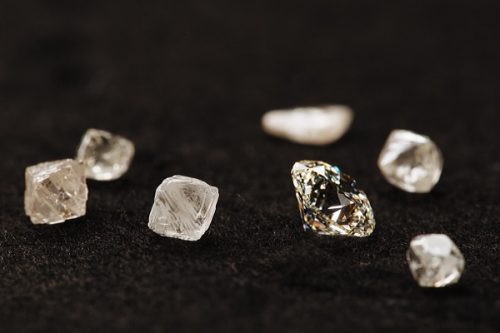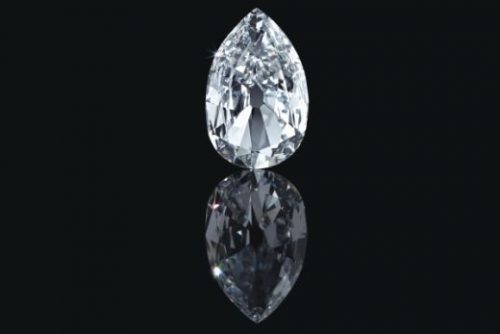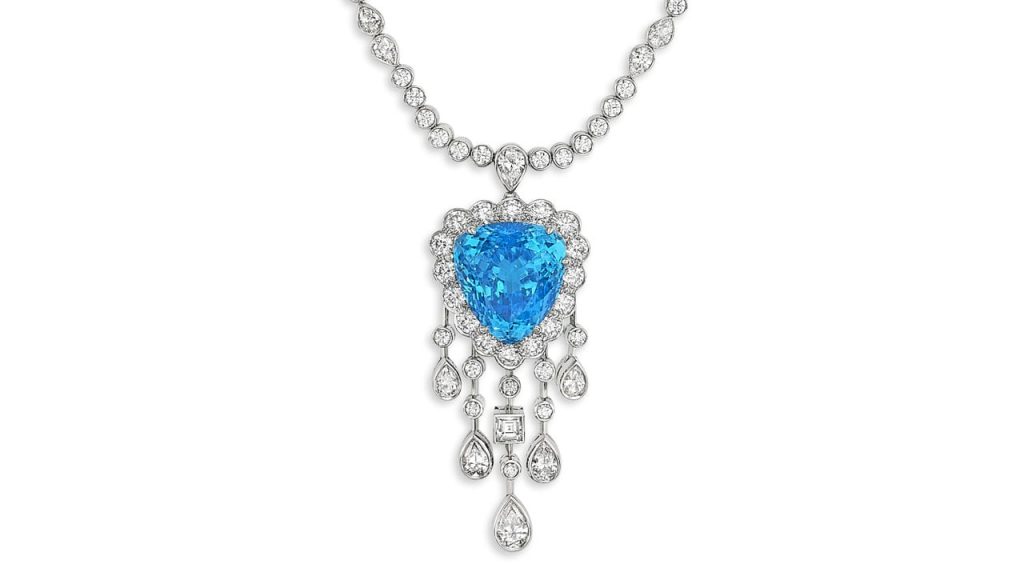The major diamond miners have weighed in on the debate over which diamonds are more ethical, claiming their production uses less than one-third of the energy it takes to create a diamond in a lab.
The operations of companies that make up the Diamond Producers Association (DPA) emitted an average of 160 kilograms of carbon dioxide (CO2) per 1-carat of polished diamonds produced in 2016, according to a study commissioned by the DPA and carried out by Trucost ESG Analysis, which is part of S&P Global. That compared to the estimated greenhouse gas emissions of 511 kilograms of CO2 for the average 1-carat lab-grown polished stone.
A debate has ensued in recent years over which diamond is more environmentally friendly (or harmful), with many lab-grown-diamond companies claiming to have the greener product in their advertising. In April, the Federal Trade Commission (FTC) warned several synthetics producers against using claims such as “eco-friendly,” “eco-conscious” or “sustainable” without qualification.
“This independent research report breaks outdated stereotypes and misconceptions and identifies the next set of challenges that must be met to continue to evolve and improve as an industry,” said DPA CEO Jean-Marc Lieberherr in a statement on Thursday.
The DPA members have set goals to reduce their carbon footprint, while the DPA will monitor their progress in achieving the United Nations Sustainable Development Goals.
The report, titled “The Socioeconomic and Environmental Impact of Large-Scale Diamond Mining,” highlights the benefits to employees of DPA members, the impact those companies collectively have on the communities in which they operate and their environmental stewardship.
Together, the miners generate more than $16 billion in net socioeconomic and environmental benefits through their operations, Trucost reported.
Despite significant progress toward responsible and transparent practices over the past 15 years, the current reality of the diamond-mining sector remains largely unknown, the authors noted. “This report provides access into a highly scrutinized, yet largely misunderstood sector,” the report added.
The DPA consists of seven companies, with Alrosa, De Beers, Rio Tinto and Petra Diamonds participating in the study. Dominion Diamond Mines, Lucara Diamonds and Murowa Diamonds are the other members.
The Lab Grown Diamond Association did not reply to a request for comment from Rapaport News by press time.
Image: Rough and polished diamonds. (Diamond Producers Association)
Source: Diamonds.net




